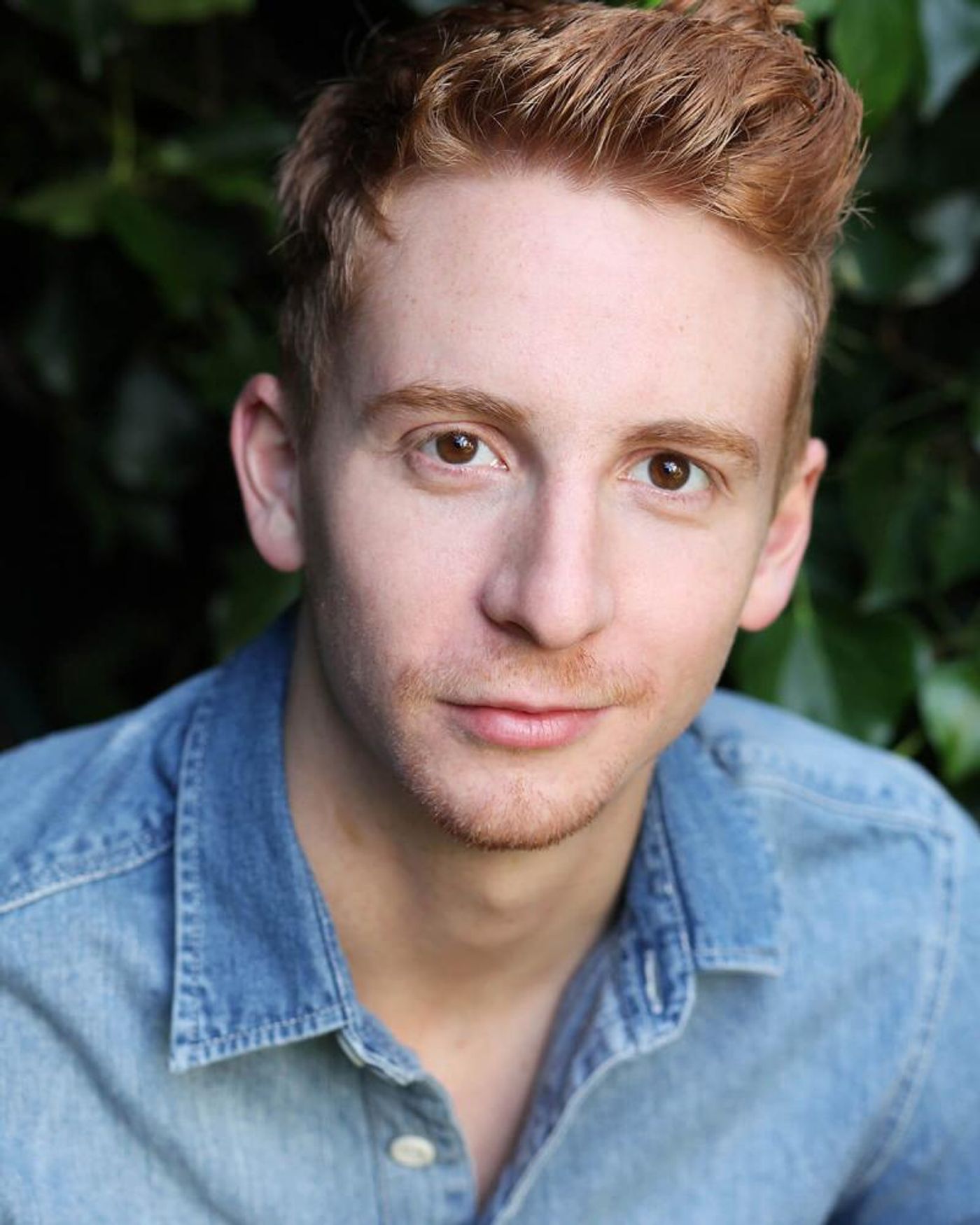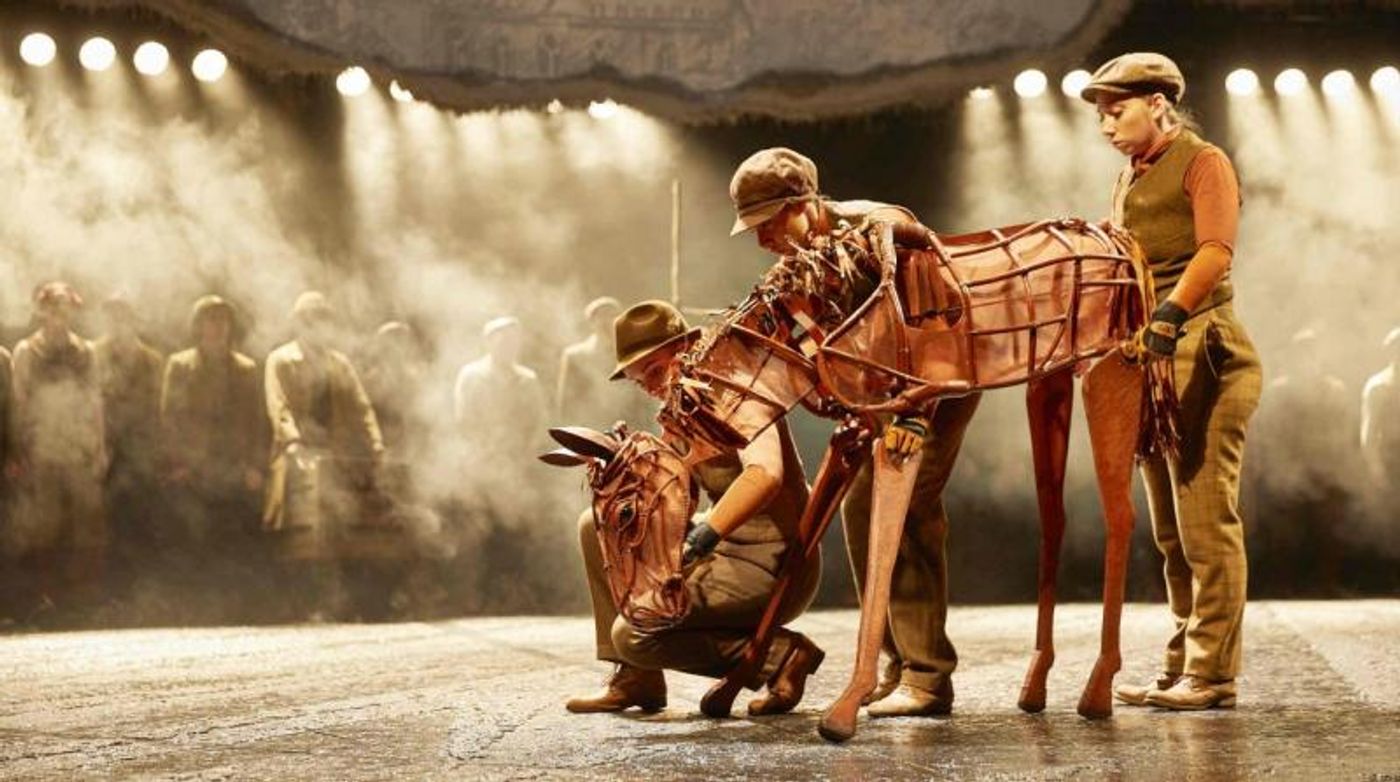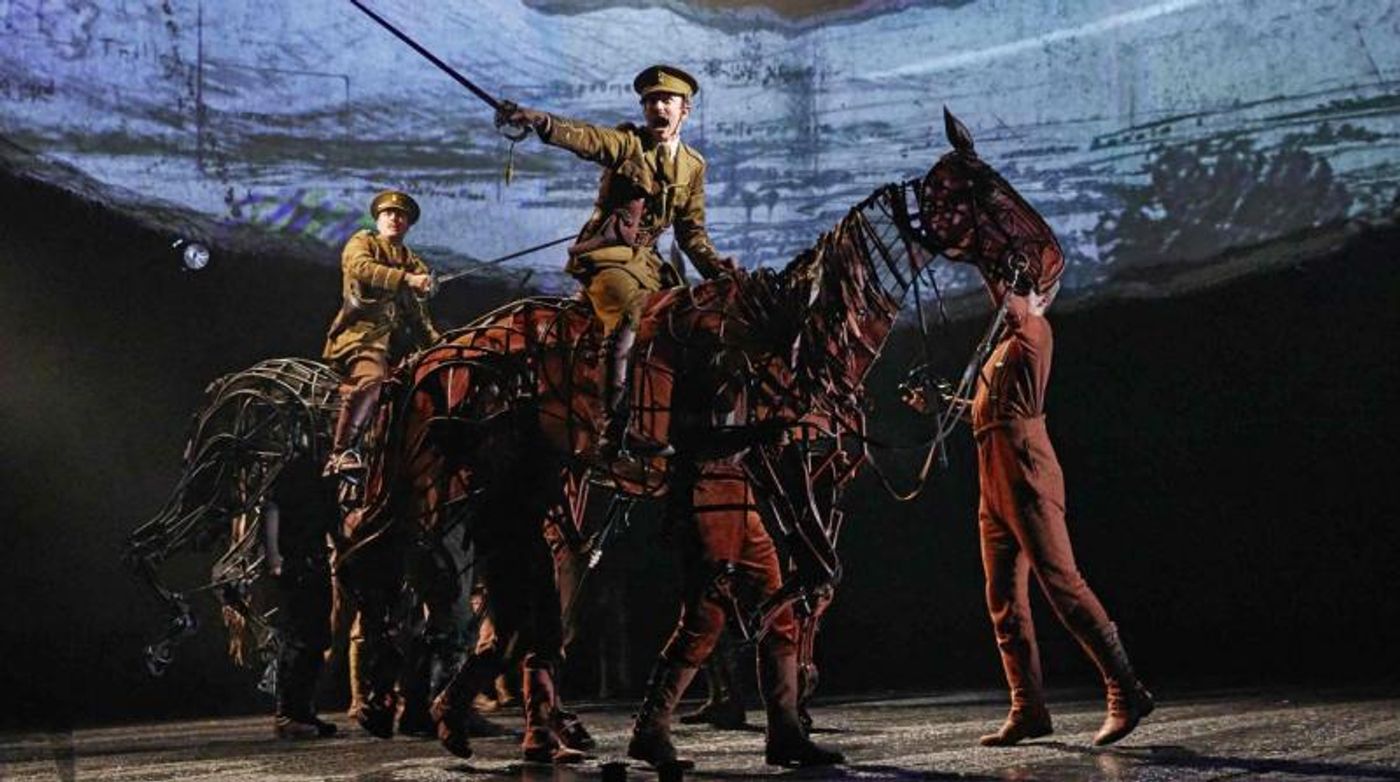Interview: Puppets, Paddocks & Vets - Special Effects in Theatre

Our Special Effects series continues this month with a look at puppetry, in one of the most well-known shows to bring it to the stage in recent years: War Horse. Although some may argue that puppets are not used in the show...in fact, so convincing are the effects that audiences frequently believe that there are real horses on stage!
Current Resident Puppetry Director for The National Theatre, Matthew Forbes' journey to this role actually started with War Horse. Knowing the puppets inside out, Matthew shares his insights into working with puppets and what it takes to bring Joey and his friends to life on stage every night. (Spoiler: they have their own vets!)
What was your first engagement with War Horse?
My background is originally acting, studying at the Royal Central School of Speech and Drama. And I remember watching War Horse as a regular punter when it was at the National originally and I totally fell in love with it. Like, ridiculously so!
I sent an email to my agent the following day and said, "I will be Spear Carrier Number 5! I want to be part of that show, what an incredible piece of theatre!" And they got me an audition for the West End when it transferred, and I joined.
I was in it for three years in the West End and we did over 1000 shows. And when I left, I had a phone call from the National and they said, "We really value your knowledge and your inside scoop". (Literally from being in the puppets!) So I joined the creative team around the time of the first UK tour.
What an incredible journey!
It has been. You know, I remember sitting in the auditorium as a regular punter, and now I'll be sat in the audience as one of the team bringing it to life. That's a really wonderful cyclical journey.
How many puppets and people are involved in the show?
We have 23 puppets in the show. Each horse is beautifully designed by Handspring, every single one is handmade and it takes us about two years to build the full set (which are all built in South Africa).
Of course, we have an incredible backstage team of technicians and stage managers and everyone. But our puppet technicians are the vets basically!
Then for each horse, there's three people inside them bringing it to life. We've got four teams of puppeteers on the show and they rotate, because the show is physically very demanding. That means that every single show is different because of the combination of the teams. One team's Joey is cheekier than the other teams' Joey; one team's Topthorn is more regal than the others'.
That connection is incredible, it's very difficult to have three people working together inside a horse!

It's hard enough with a pantomime horse and two people!
Yes! And funnily enough, panto was my first route into theatre. I remember going to see a panto and absolutely falling in love with the crown that the prince was wearing. It was probably made out of the inside of a chocolate box! But to me, it was the most incredible thing.
There was a real fascination with how objects were put on stage that early on, seeing objects in space. I remember watching and being like, "That's exciting. I want to do something like that." I wanted to work in a world of make believe, because there was something so transportative about it.
What does puppetry allow you to do, that other effects do not?
Puppetry really draws people in and I think there's something really exciting about that. Especially now when we're a generation of people who have screens and phones and CGI breaking all the boundaries. Seeing something come to life right in front of you, that's where the magic is.
It's embracing that world of make believe. An audience believes when a puppet goes into space, an audience believes when a puppet drowns, an audience believes when a puppet horse gets tangled in barbed wire. They believe those things because they're so emotionally attached and engaged.
I think that comes down to the fact that inherently, a puppet is dead...unfortunately! If I walk on stage as Macbeth, I'm already alive. Even if I die, the audience know I'm not really dead. Whereas with a puppet, unless it's being manipulated and life is being brought to it, it is dead.
There's vulnerability, because it could die at any minute. That puppet could die because the person could just let go. So the imagination really has to be engaged and fire up to believe it. That willingness to tell the story for the actor and then for the audience to want to hear that story, it's a really wonderful shared experience to have.
That's why this show works, there is such connection and a willingness to see that puppet, Joey live.

What does it take to bring Joey to life? How does that team of three learn to embody that character?
We spend the first two weeks working with our puppeteers, just working on puppetry technique and the basic foundations of puppetry.
I should say, we don't cast fully trained and experienced puppeteers. We don't go out looking for experts; we go out looking for people who have an aptitude towards puppetry. We've had dancers, singers, actors, puppeteers, circus performers, all sort of different kinds of disciplines. And we look for those who are egoless and selfless. Because puppetry isn't about you, it's about the object.
Once we've assembled the team, we teach them the principles of puppetry according to Handspring and what they believe brings life to a puppet. (Each puppetry company has their own version of those.)
And after those two weeks where we've got them into the horse, we've taught them how to make it walk, how to make it act like a horse: that sort of fight or flight instinct that horses have. And then we spend six weeks, working with the full company to bring the show to life.
What's it like for the rest of the cast, acting with the puppets?
The hardest part of the rehearsal period is to get the actors who are in the horse and who are acting opposite the horse to really appreciate and understand horse behaviour and what they're thinking and feeling.
If those people acting opposite the horse, if they walk round the back legs and don't flinch and give the sense of danger, it looks like a puppet. We call them the fourth puppeteer, the person who interacts with the puppet.
They need to interact with it, as you would a real animal. You need to imbue it with the respect, the danger, the unpredictability of a real horse, so then the audience see that even the people on stage are a bit nervous. We also spend time with the King's Troop and work with them and horse charities and riding stables (sort of school trips!)

What's something about puppetry that may surprise audiences?
Well, one of the really exciting things about War Horse is that we encourage all of our puppeteers to constantly improvise, which you might not expect.
While we know that there are some scenes where the horse has to come on from stage left and go off stage right and he eats a bit of hay in the middle, there is a whole world of improvisation that happens around that.
To get to that level though, you can't run before you walk. You have to know the technical abilities of the puppet and that takes a long time to master. But then once you have, you can really play.
The ability to improvise must require incredible team-work. How does the team communicate those decisions and how to move the puppet during the show
Within the show, they're all radio-miced. They can't talk to each other and say, "Go left a bit, go right a bit!" What they do is connect to each other through breath, which is a really powerful tool when working with puppets. Because everything that's alive breathes.
Through that breath, they are able to cue each other. We really use the inspirational breath, that in-breath before you do something. We all do that, when we stand up off these chairs we'll breathe in before we get up. So they connect and communicate through breath.

Finally, how do audiences react to the horses?
We have had audience members come up to us after the show who say to us, "I love it when the horse blinked and its skin rippled!" I mean, I can honestly say: we can't make the puppets do that! Which means the audience have seen that in their imagination and that's the power of theatre. To be able to do that is phenomenal.
I suppose what's amazing about puppetry is it speaks to everybody. If you see a show with a puppet in, you understand it because of what it's physically doing. The puppet doesn't need to say anything, but you understand from its behaviour what it's going through. That means we can take War Horse to countries that don't speak English and people still understand the story of the horse, because it's a physical story.
War Horse at The National Theatre, 8 November - 5 January, then on tour internationally
Photo credit: Brinkhoff & Mögenburg
Videos

